The four different types Website Credibility
Example of Surface Credibility
Surface credibility is the concept of how the shallow, cosmetic and structural look of a website can effect the credibility of the source. Essentiality the more aesthetically appealing and effective the design of it is, the easier it is to trick the user into trusting the resource (Fogg, 2003).
An example of this is WeAreNation.com
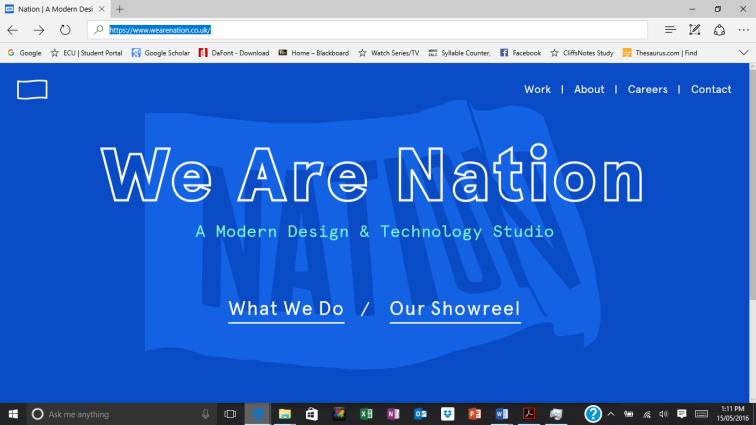
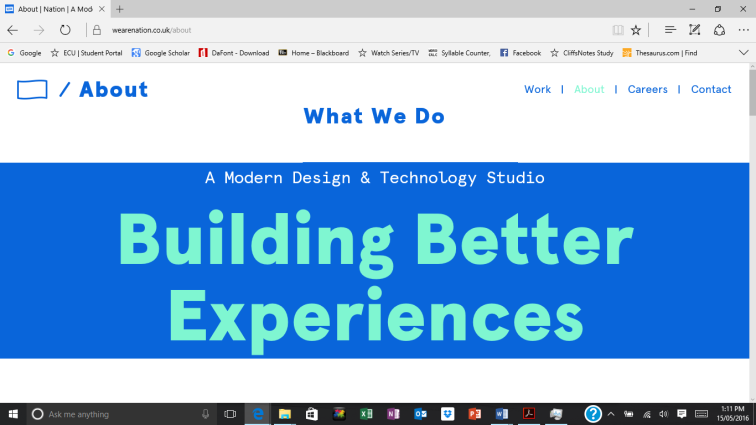
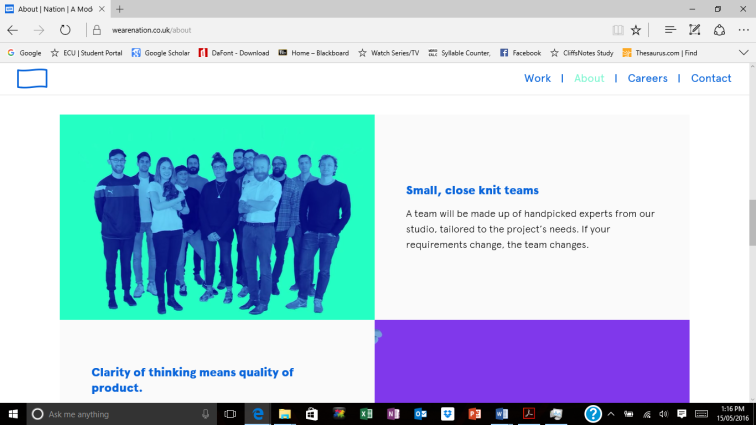
The homepage, is clear, simplistic and ascetically elegant. Minimal menus and graphical elements create a false image of credibility. It is both continually updated, looks professional its design is relevant to the content. However the strongest credibility element is still its design, which is professional and accessible.
Example of Reputed Credibility
Elements that define and ‘Reputed site” include referrals by friends, being constantly linked by other equally reputable sites. Essentially if the source is reputed by a third party, we are likely going to believe it is trustworthy (Fogg,2003).
An example of this is Ebay.com
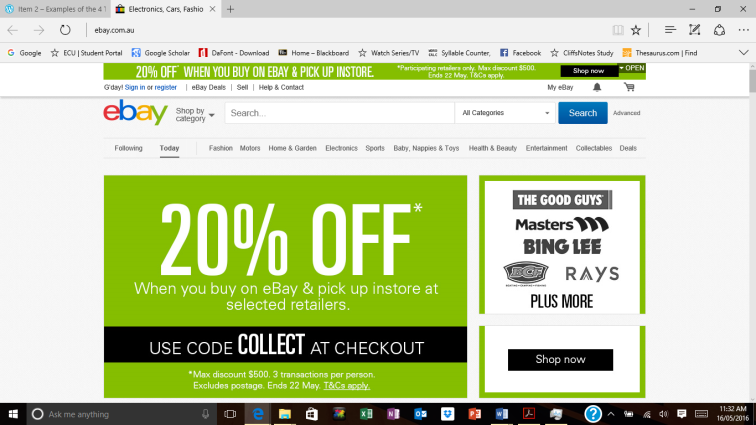
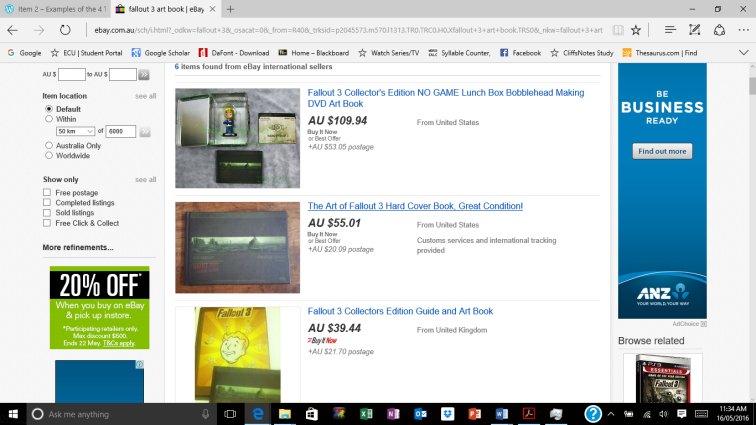
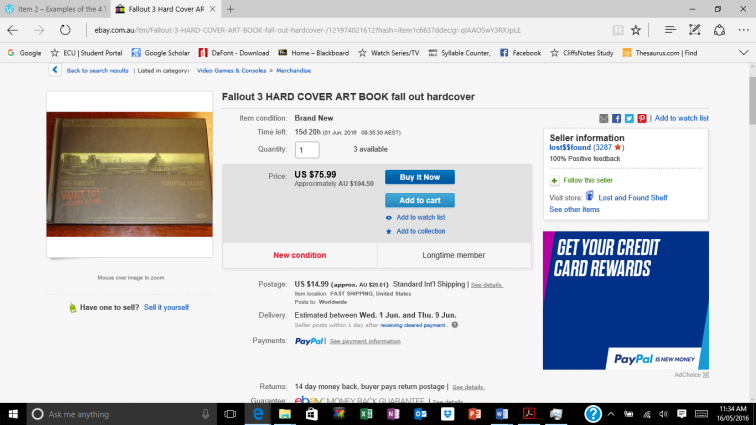
Elements that inforce the reputed credibility of the site include
- Users are able to comment, like or dislike on the quality of both the service and products
- It is a generally safe site for financial transfers
- Many trustworthy sites link to it.
Example of Earned Credibility
An example of earned credibility is the Western Australian government website. While not the most visually engaging website, it is functional in its structure, and more importantly its branding, i.e. its logo and connection to legit government services, inherently makes it an earned and credible site.
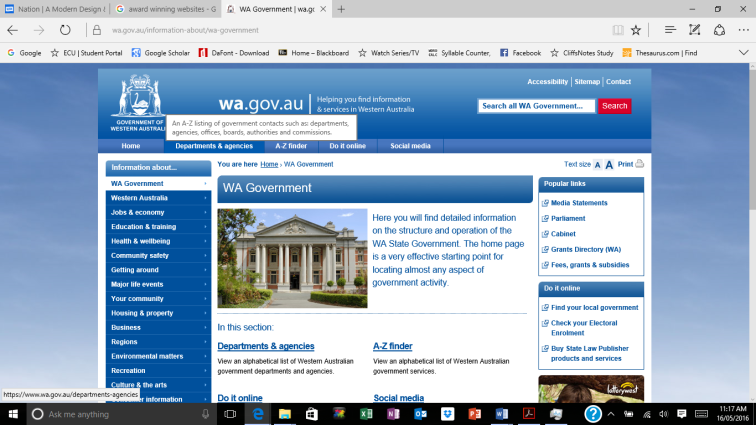
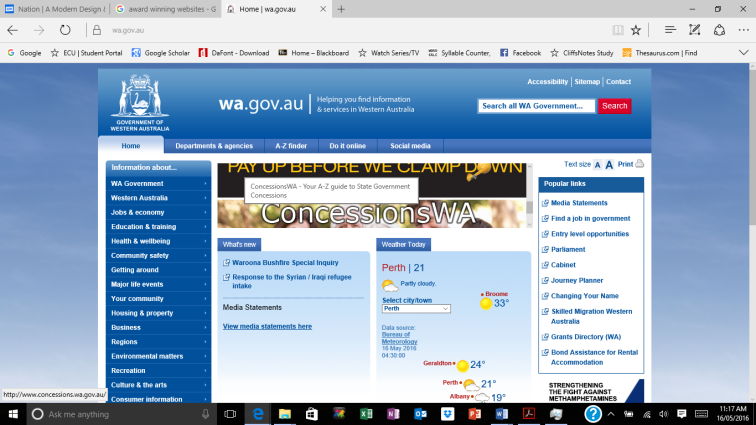
Example of Presumed Credibility
Presumed credibility, is the concept of when users make general assumptions about the reliability of the source. Example of this is the Australian Red Cross website.
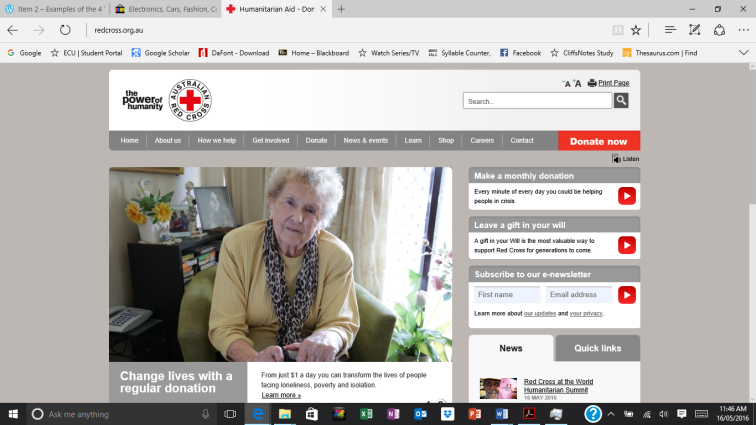
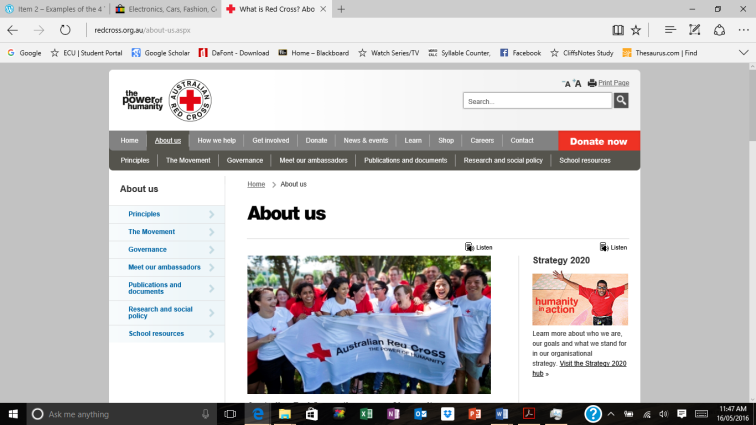
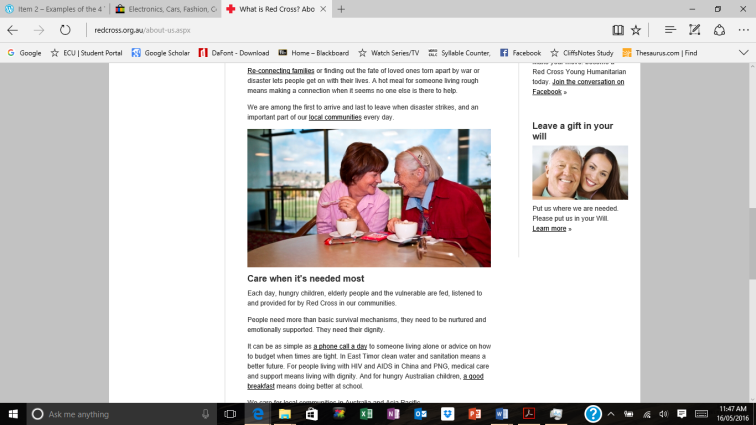
This site would be presumed reliable because
- The Domain Name contains “.org”, confirming it as a professional organisation
- It lists contact detail, an “about us” page
- The site is updated regularly
- And provides links to relevant articles and pages
Sources
Fogg, B. J. (2003). Credibility and the World Wide Web. In Persuasive Technology: Using Computers to Change What We Think and Do (pp. 122‐125). Amsterdam: Morgan Kaufmann Publishers.
Fogg, B. J. (2003). Credibility and the World Wide Web. In Persuasive Technology: Using Computers to Change What We Think and Do (pp. 147‐181). Amsterdam: Morgan Kaufmann Publishers.
Ebay (2015) Ebay.com (screenshots). Retrieved from http://www.ebay.com.au/
Red Cross (2015) Redcross.com (screenshots). Retrieved from http://www.redcross.org.au/
WeAreNation (2015) WeAreNation.com (screenshots). Retrieved from https://www.wearenation.co.uk/
Western Australian Government (2015) www.wa.gov.au (screenshots). Retrieved from https://www.wa.gov.au/information-about/wa-government
